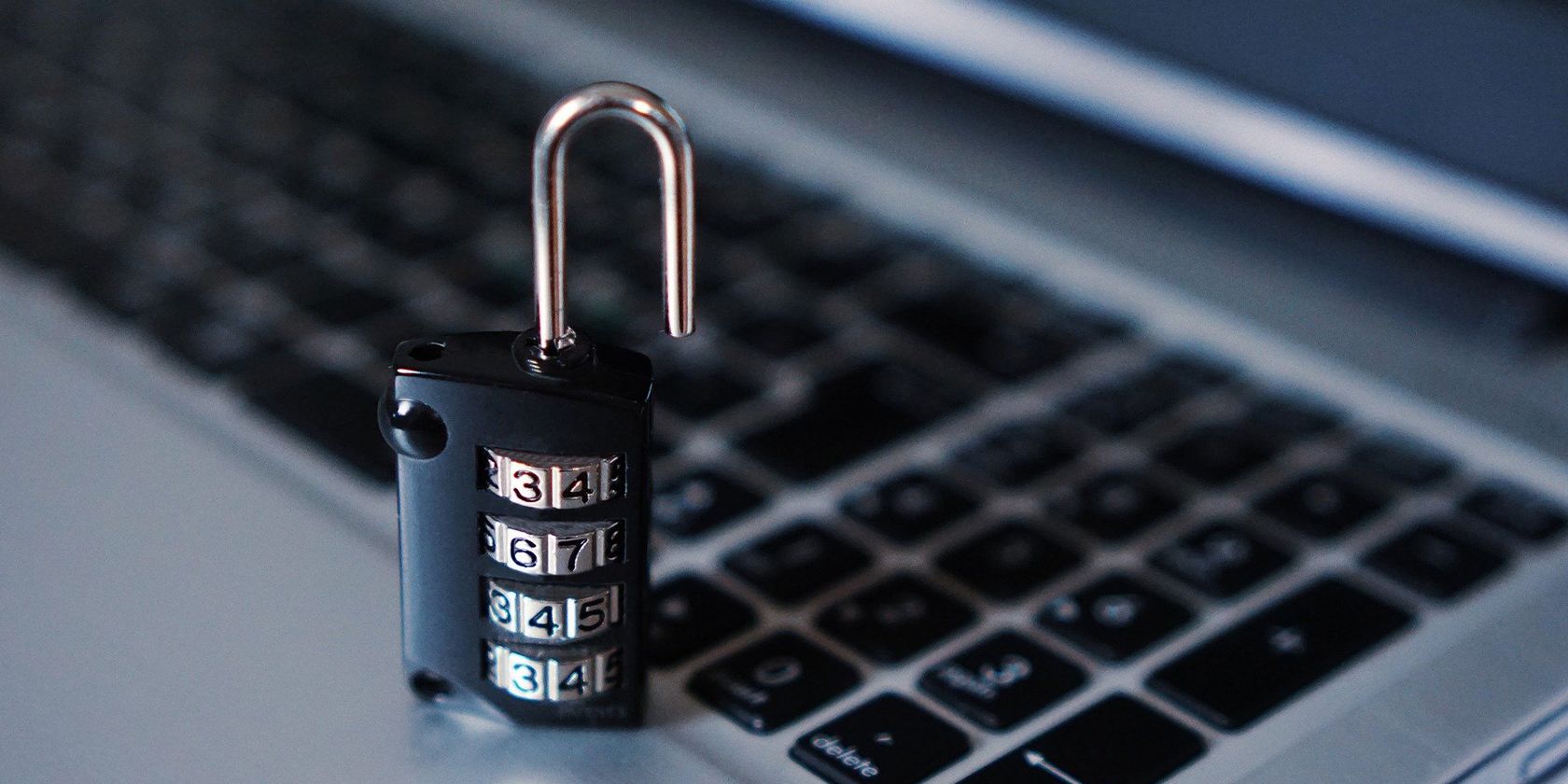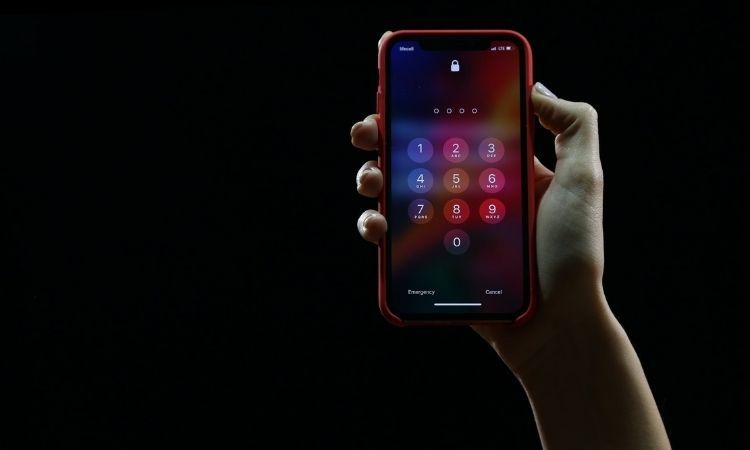Authentication and authorization are two similar-sounding security concepts. Both are extremely important if you want to know more about how businesses protect themselves from cyber-attacks. As such, it's also essential to distinguish them from one another.
So, this is everything you need to know about authentication and authorization, their place in cybersecurity, and how the two are different.
Authentication vs. Authorization
At their simplest, authentication is about validating who a user is, while authorization is about verifying what that user has access to. Both authentication and authorization rely on identity — each user being unique and distinct from other users who have access to the system.
A user typically authenticates themselves with a password or code. The network will then check their authorization to see if they're allowed to look at the resources they're attempting to access.
How Does Authentication Work?
Secured networks need a way to prove if users are who they claim to be. Otherwise, it has no way to trust users who access its resources.
In a typical authentication scheme, the user provides some form of identification that proves their identity. Most commonly, this authentication requirement is a specific username and password combination. The username tells the system who is logging in, while the password proves their identity.
This authentication strategy isn't bulletproof. Hackers can easily compromise user accounts if they obtain a username and password combination. As a result, many businesses are starting to use more sophisticated authentication strategies.
These strategies typically rely on multiple authentication factors and may require a code sent to a user's phone or biometric identifier in addition to a password. If you've used two-factor authentication (2FA) or multi-factor authentication (MFA) to log into an account before, you're already familiar with this new authentication strategy.
How Does Authorization Work?
Authorization is just as necessary as authentication for modern network security. With it, a network can determine what an authenticated user can do and where they can go.
As business data becomes both more valuable and more vulnerable, the relationship between identity and authorization has become more critical.
This shift has led businesses to adopt authorization tools like Identity Access Management (IAM), allowing companies to determine what assets a user should have access to based on data from their authentication system.
An Example of Authentication vs. Authorization
User roles and categories help network administrators more easily determine which users should have authorization for specific resources. For example, a rank-and-file employee may have access to their business's network — but not everything on it.
Attempting to access restricted files may prompt an alert from the computer. The network knows this user is who they claim to be — they have authentication.
However, the network also knows that the user's identity doesn't permit them to access specific files — meaning they do not have authorization.
Authentication vs. Authorization: OAuth
Most authorization systems take advantage of information from authentication systems to determine user permissions. Other information may also help the authorization system decide where the user can go.
Many websites are also beginning to take advantage of an authentication and authorization tool called OAuth. With OAuth, it's possible to extend user authorization across multiple platforms without sharing authentication data with those platforms.
For example, a user may log into their Google account for authentication and then take advantage of OAuth to pass authorization from that account to other sites. So, if you logged into Spotify using Google, you're already familiar with one application of OAuth.
What You Need to Know About Authentication and Authorization
Both authentication and authorization are essential to modern network security. When you have an account online, then you are facing authentication and authorization daily. These come in the form of account log-ins, MFAs, and access permissions.
Now that you know the difference between the two similar concepts, you are on your way to better understanding cybersecurity.



